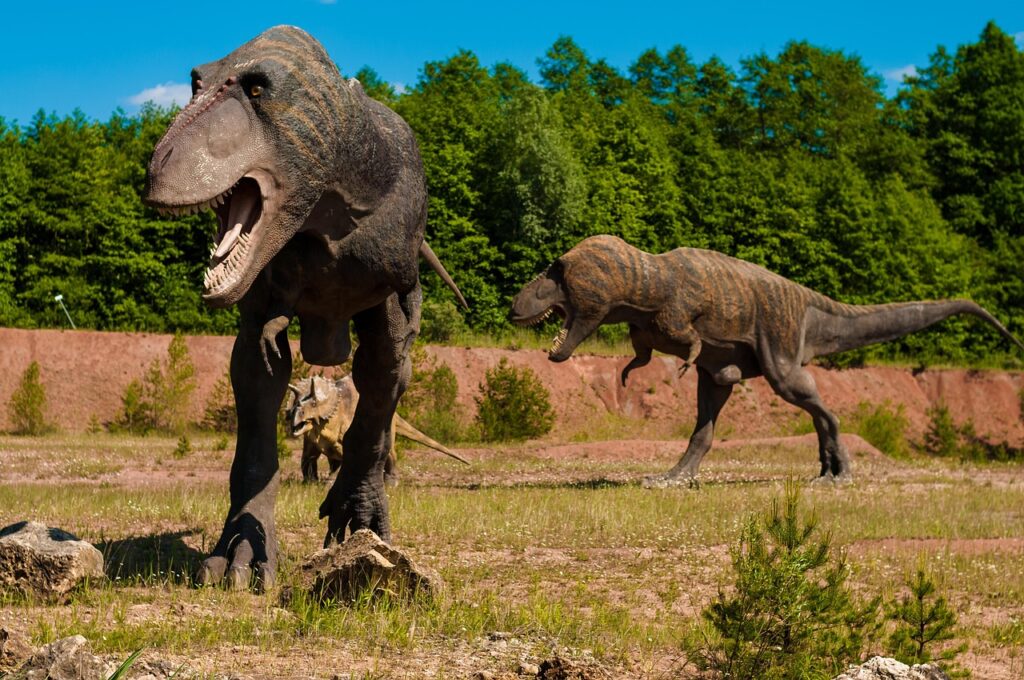The fascinating question of whether qualify as reptiles has sparked scientific debate for decades. You might think this would be a straightforward answer, yet it reveals the intricate complexity of how we classify life itself. Modern science offers two distinct approaches to answering this question, each yielding different conclusions that depend entirely on which lens we use to view these ancient creatures.
This classification puzzle isn’t just academic hair-splitting. It fundamentally changes how we understand evolutionary relationships and the living world around us. The answer might surprise you, especially when you consider that the birds chirping outside your window could technically be considered .
The Traditional Reptilian Classification
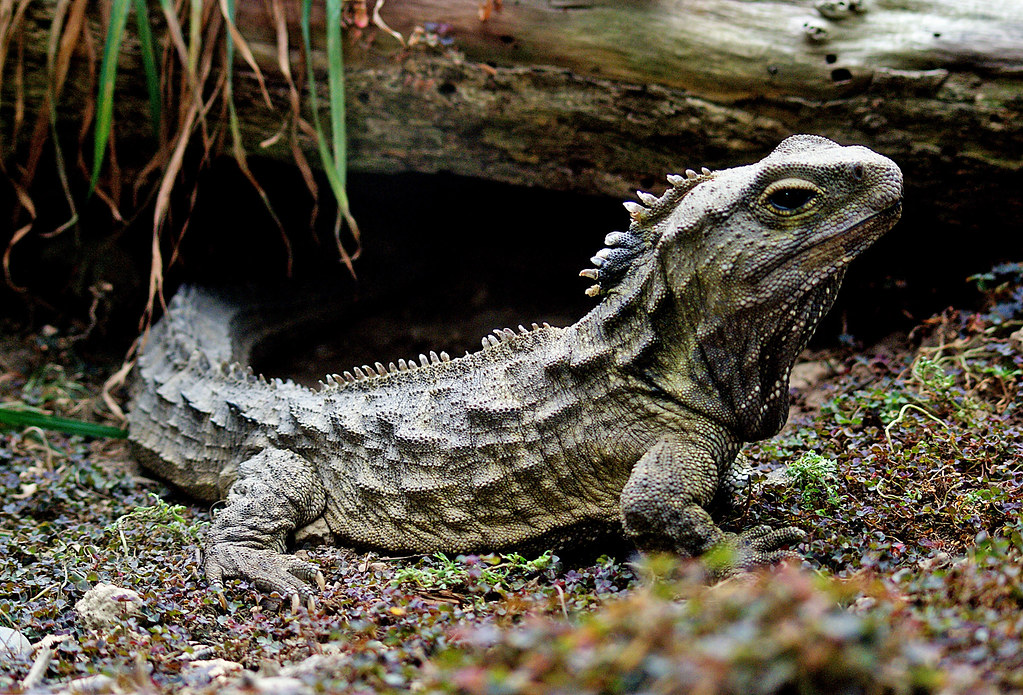
Dinosaurs are classified as reptiles under traditional taxonomy systems. Using the Linnaean classification system developed by Carl Linnaeus in the eighteenth century, scientists group animals based primarily on their physical characteristics rather than evolutionary relationships. If an animal has four legs, is cold-blooded, has scales, and lays eggs, then it is most likely a reptile.
Under this traditional approach, dinosaurs clearly fit the reptilian mold. Most of the characteristics of dinosaurs are found in reptiles than in other species. They laid eggs with hard shells, possessed scaly skin, and exhibited many anatomical features consistent with reptilian classification. Modern taxonomy classifies all dinosaurs as reptiles.
The Archosaur Connection
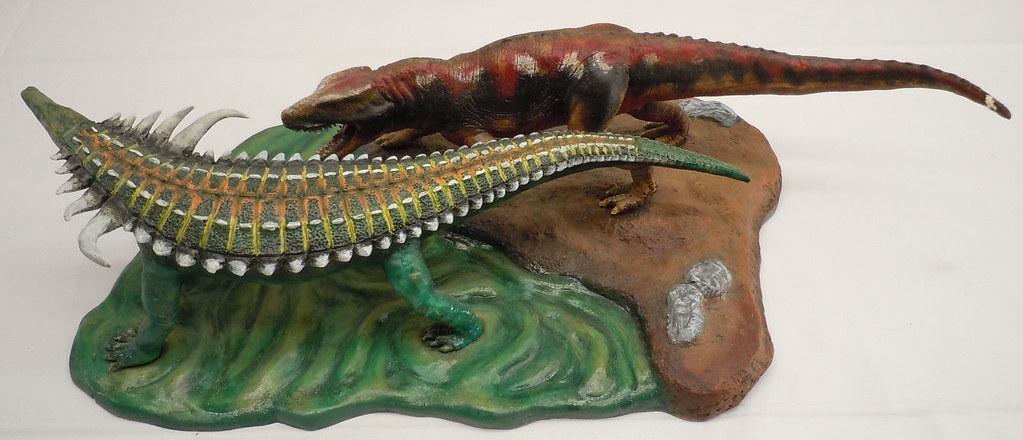
Dinosaurs are archosaurs, a larger group of reptiles that first appeared about 245 million years ago during the Middle Triassic Period. This classification places dinosaurs within a specific branch of the reptile family tree that includes some remarkable relatives. Some other non-dinosaur reptiles are also archosaurs, including pterosaurs (the now-extinct flying reptiles) and modern crocodiles and their ancestors.
Archosauria (lit. ‘ruling reptiles’) is a clade of diapsid sauropsid tetrapods, with birds and crocodilians being the only known extant representatives. The term archosaur literally means “ruling reptiles,” which provides insight into their dominant position during the Mesozoic Era. Understanding this broader reptilian framework helps explain why dinosaurs share fundamental characteristics with other archosaurian reptiles.
Unique Dinosaur Features Within Reptiles
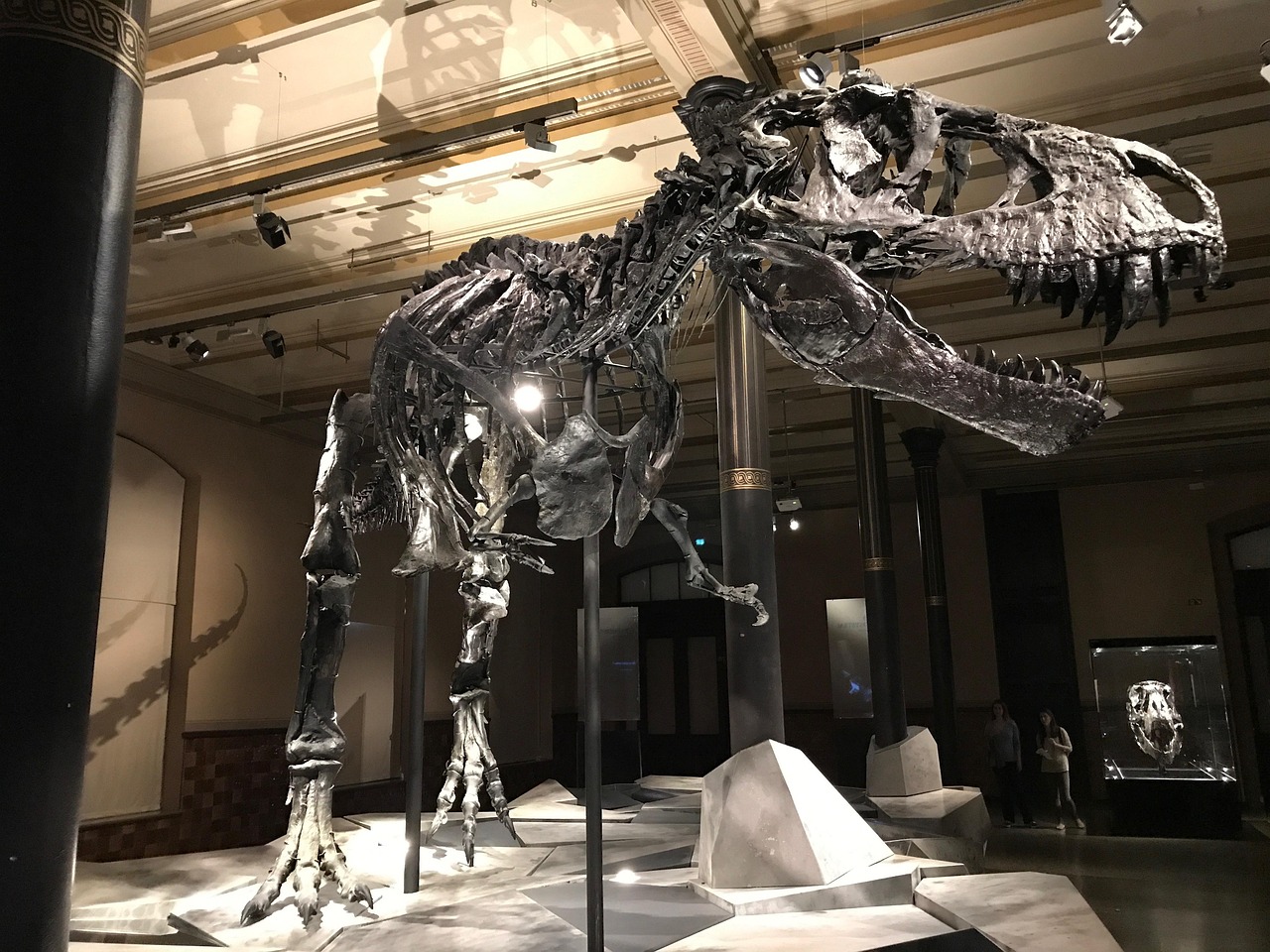
They had an upright stance, with legs perpendicular to their body. This is the main feature that sets dinosaurs apart from other reptiles. Unlike modern lizards and crocodiles whose legs sprawl outward from their bodies, dinosaurs developed a revolutionary locomotion system. One of the reasons for dinosaurs’ success is that they had straight back legs, perpendicular to their bodies. This allowed them to use less energy to move than other reptiles that had a sprawling stance like today’s lizards and crocodiles.
This anatomical innovation gave dinosaurs significant advantages over their reptilian cousins. With their legs positioned under their bodies rather than sticking out to the side, dinosaurs’ weight was also better supported. Additionally, dinosaurs possessed other distinguishing features within the reptilian framework, including specialized skull openings and socketed teeth that enhanced their feeding efficiency.
The Phylogenetic Perspective Challenge
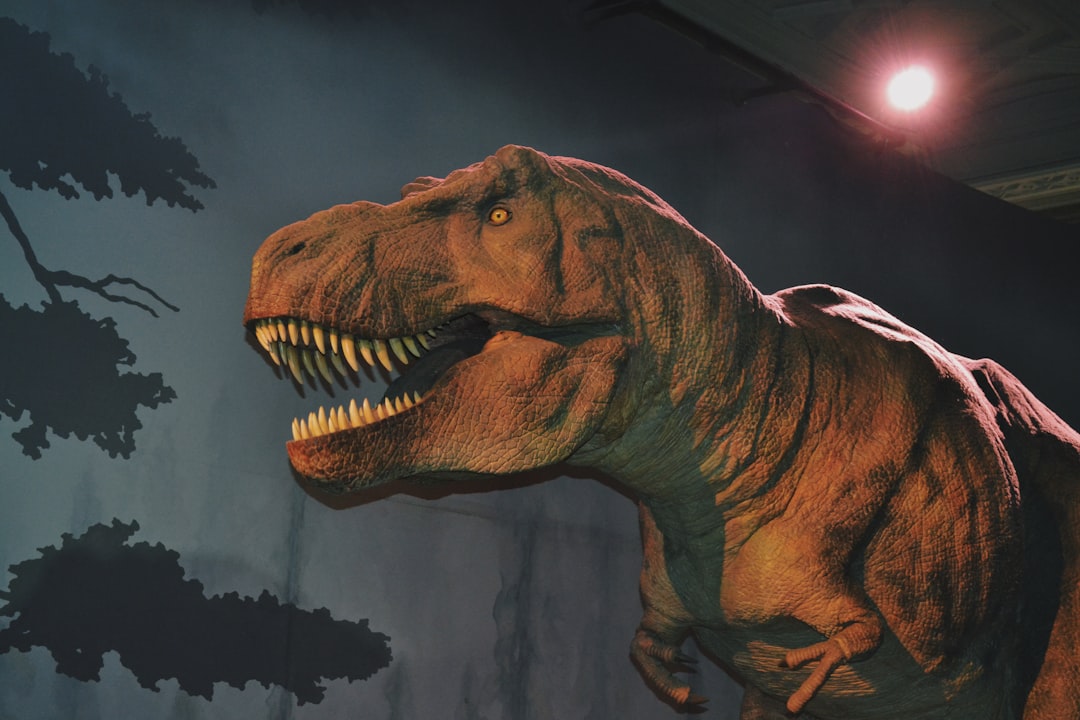
Biologists use two types of classification systems, the Linnaean and the phylogenetic. The phylogenetic approach, developed in the 1960s, focuses exclusively on evolutionary relationships rather than physical similarities. In this system, organisms are grouped only by their ancestry, and characteristics are only used to discover the ancestry. So a reptile is any animal descended from the original group called reptiles.
This cataloguing technique uses physical attributes to investigate an animal’s evolutionary history and then group them by their shared ancestors. Under phylogenetic classification, the definition of what constitutes a reptile becomes more complex and inclusive. In this case, that would mean any descendant of a reptile is also a reptile. And with that definition, it’s easier to argue that birds are in fact reptiles – and that all dinosaurs were reptiles too.
The Bird-Dinosaur Connection

The fossil record shows that birds are feathered dinosaurs, having evolved from earlier theropods during the Late Jurassic period, and are the only dinosaur lineage known to have survived the Cretaceous–Paleogene extinction event. This evolutionary relationship creates fascinating implications for how we classify both dinosaurs and modern birds. Modern birds are one kind of dinosaur because they share a common ancestor with nonavian dinosaurs. They have features such as the three-toed foot and s-shaped neck, and therefore are classified as dinosaurs.
Because all birds share a common ancestor – a dinosaur – then many scientists today also consider birds to be dinosaurs! This means that technically, dinosaurs never went extinct. Therefore dinosaurs are still alive! The implications extend beyond just academic classification, fundamentally altering our understanding of both ancient and modern life.
Contrasting Classification Systems

The Linnean way of sorting relies on an animal’s physical characteristics and largely ignores their ancestry. If we’re using the Linnean system, we must admit that a reptile is a cold-blooded animal with scales – and therefore birds aren’t reptiles. This traditional approach creates clear boundaries based on observable traits like body temperature regulation and skin covering.
However, the phylogenetic system tells a different story entirely. The Linnean system helps us to understand how animals live, what ecological niche they occupy and how they interact with their environment. On the other hand, the phylogenetic approach helps us achieve a sense of how animals came to be. Each system serves different scientific purposes, which explains why the answer to whether dinosaurs are reptiles depends on your chosen framework.
Modern Scientific Consensus
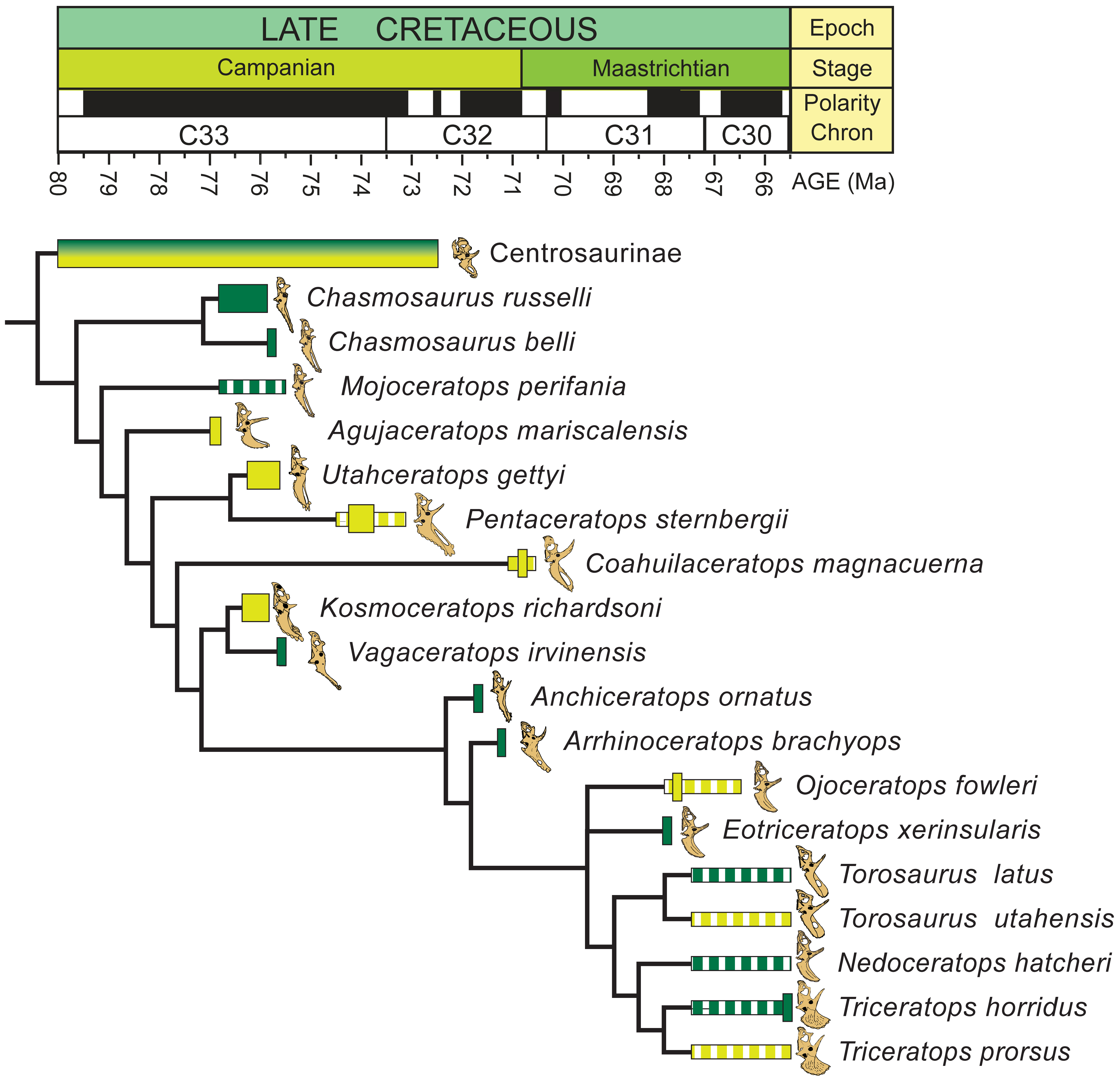
As most dinosaur paleontologists have advocated a shift away from traditional, ranked Linnaean taxonomy in favor of rankless phylogenetic systems, few ranked taxonomies of dinosaurs have been published since the 1980s. The scientific community has increasingly embraced evolutionary relationships over physical similarities. Most contemporary paleontologists reject the traditional style of classification based on anatomical similarity, in favor of phylogenetic taxonomy based on deduced ancestry.
Michael Benton classifies all dinosaurs within the Series Amniota, Class Sauropsida, Subclass Diapsida, Infraclass Archosauromorpha, Division Archosauria, Subdivision Avemetatarsalia, Infradivision Ornithodira, and Superorder Dinosauria. Dinosauria is then divided into the two traditional orders, Saurischia and Ornithischia. This modern classification maintains dinosaurs firmly within the reptilian framework while acknowledging their unique evolutionary position.
The Definitive Answer

According to traditional classification methods, although dinosaurs were endotherms, they exhibited enough reptilian characteristics to be considered reptiles. Using more modern classification techniques, we’ve also found out that not only are dinosaurs reptiles, but birds are too. Both major classification systems actually agree that dinosaurs qualify as reptiles, though they reach this conclusion through different reasoning.
All dinosaurs are reptiles (and vertebrates), but not all reptiles are dinosaurs. Yes, all dinosaurs were egg-laying reptiles. But they were also distinct from other reptiles that lived around the same time. For one, they had straight hind legs that stood perpendicular to their bodies. This makes dinosaurs a specialized and highly successful branch of the reptilian family tree rather than a completely separate group.
The question “” ultimately reveals more about the evolution of scientific thinking than about dinosaurs themselves. Whether viewed through traditional physical characteristics or modern evolutionary relationships, dinosaurs consistently emerge as remarkable reptiles that revolutionized life on Earth. What truly captures the imagination is realizing that every time you see a bird, you’re witnessing a living dinosaur – and by extension, a reptile that conquered the skies. What do you think about this connection between the mighty T-Rex and the humble sparrow outside your window?



